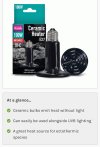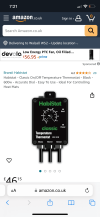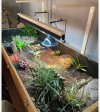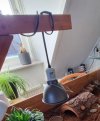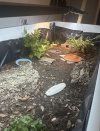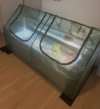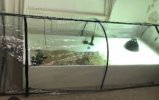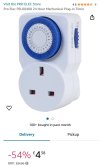Bwaterford
New Member
I pick up my little one tomorrow. He or She is about baseball size. I have done alot of research prior but I really would like some advice on diet and habitats do's and dont's, any helpful info is also welcomed. I want to feed as healthy and natural a diet as possible and am planning on doing a live habitat set up.
Thanks in advance for advice
Thanks in advance for advice
